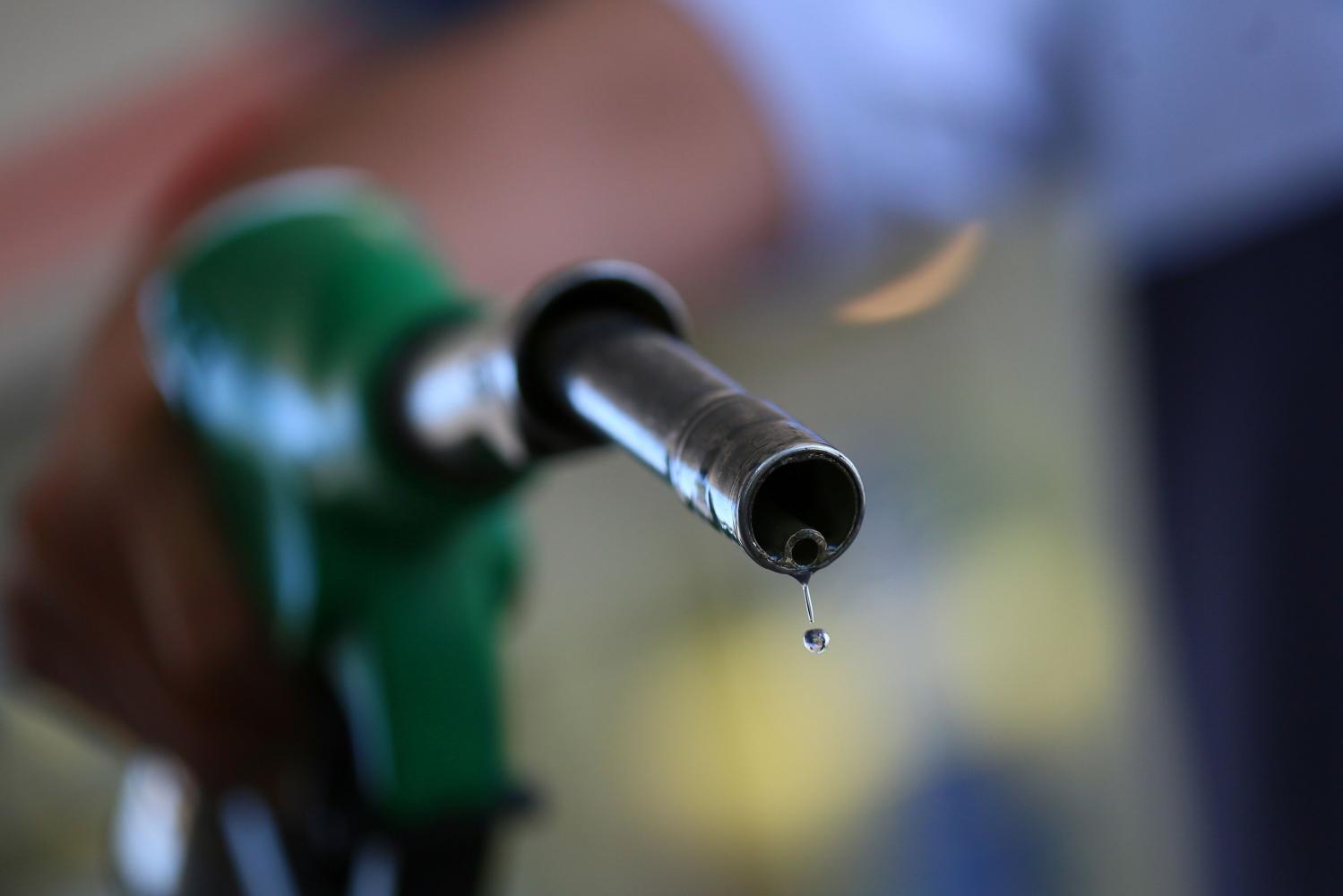
On Feb 23, a day before Russia invaded Ukraine, the world crude oil price was US$90.60 (3,221 baht) per barrel. Russian oil supply disruption and demand recovery from Covid-19 dragged the crude oil price to almost $120 at the end of May, after the US and European central banks sent strong signals that they would rapidly increase interest rates to contain inflation, despite the cost of a further economic slowdown.
Prices of crude oil began to fall in mid-June, anticipating lower demand. As of yesterday, the crude oil price was slightly below the level before the latest war in Eastern Europe broke out.
Is the current oil price slump a result of demand destruction, caused by an expected global economic slowdown, or a fabricated move to intentionally lower world oil prices for economic and political purposes? The answer of this important question will determine the fate of the global economy, as well as the Thai economy.
Supporters of the "demand destruction hypothesis" are mainly academics. They believe the unwavering commitments by major central banks to fight inflation by aggressively raising interest rates have successfully controlled demand.
The US's Purchasing Manager Index (PMI), which is a lead indicator of where the economy is heading, dropped to an all-time low in June. An index below 50 means the majority of those surveyed expect the sector to contract. June's services PMI was already at 47.3 while the manufacturing PMI plummeted to 52.2, a sharp drop from 59.7 in April.
The situation was worse in Europe, where the continent's PMI already showed signs of contracting with June's index standing at 49.8. Things seemed to be marginally better in Asia as China's PMI was at 50.4 in July. However, Japan's manufacturing PMI hit a 10-month low of 52.1. These receding PMIs in major economies are viewed as warning signs of shrinking world demand.
With such fears in mind, the oil market went berserk in late July when the US Energy Information Administration (EIA) reported that demand for gasoline in the US had dropped 7.6% compared to last summer. Worst of all, US gasoline inventories rose to 3.5 million barrels, far exceeding the estimated level of 71,000 barrels. Slowing demand and rising inventories can only result in one thing -- a sharp price drop.
While demand destruction makes perfect theoretical sense to academics, people in the oil industry such as dealers, distributors and refiners were suspicious. They questioned the accuracy of the EIA data.
One of the questions is how could this summer's demand for gasoline be lower than that of last year when many more Covid-related travel restrictions were still in effect? GasBuddy, a private firm that tracks the retail sales of gasoline in the US, said that, according to its records of retail sales at gas stations around the US, there was a 2% rise in demand as opposed to the reported decline of 7.6% by the EIA. The Bank of America's oil strategist published a note to customers titled "fall of gasoline demand appeared to be grossly exaggerated".
Low oil prices benefit the US both economically and politically. The US economy is officially in a recession with its GDP having shrunk at annualised rates of 1.6% and 0.9% in the first two quarters of this year, respectively. Lower oil prices may persuade the Fed to reconsider its interest rate hike strategy.
On the political side, high pump prices for gasoline and the shrinking economy caused President Joe Biden's approval rating to decline from 55% at the time of assuming office to just 38% when the last poll was taken on Aug 3. The 2022 mid-term elections are looming on Nov 8 so the Democrats must deliver some good news fast.
Lower oil prices may also have political implications for Russia and China. Crude prices below pre-war levels would tell the world that Russia's constant threat of cutting oil supplies is nothing to worry about. Also, the dispute between China and Taiwan is a local issue, not a global one, as world oil prices fell amid China's military drills around Taiwan.
If the current oil price phenomenon is a real case of demand disruption, world oil prices should stay at this level, or even fall lower as receding global demand is realised. At this point, no one is seeing big changes in oil demand, however, only in expectations and speculation. PMIs are indicators of economic trends, not actual economic events.
If this is an attempt to manipulate the oil market by issuing fabricated demand data, any price drops would be short-term before they rise violently after real demand resurfaces. I use the term "violently" because the current low prices are encouraging oil producers and refiners to cut down their production capacities, meaning the supply would drop when real demand comes in.
As an economist, I have four reasons to side with people in the oil industry saying the market is being manipulated. First, none of the demand data is actual, such as PMIs. Second, central banks have only just begun raising interest rates and it would take at least six months to a year for these rate hikes to effectively alter consumption behaviour. Third, US job data is very strong, meaning US consumers have money to spend. July's jobless claims were the lowest in over 50 years.
Finally, China's oil demand is rising. As the world's No 2 importer of crude oil, it consumes 13.2% of total supply. After half a year of declining oil consumption due to city lockdowns, China saw a small rise in oil demand last month. China National Petroleum Corporation (CNPC) predicts the nation's third-quarter oil demand will rise 12% and could push the global oil price over $120.
Rebounding Chinese demand would be a game changer for world commodity prices. This is expected as the country can't afford a low-growth economy. To avoid the risk of its real-estate bubble bursting or the collapse of the banking sector, China's economic growth must exceed 6% a year. China has been pumping money into its banking system by increasing money supply growth to 11.4% in June. It has also prepared 33 stimulus measures to boost the economy.
I suggest readers enjoy these (artificially) low oil prices and low commodity prices. Within three months, things could change drastically. The Fed and European central bank are well aware of this short-term phenomenon, so world interest rates will keep rising.
